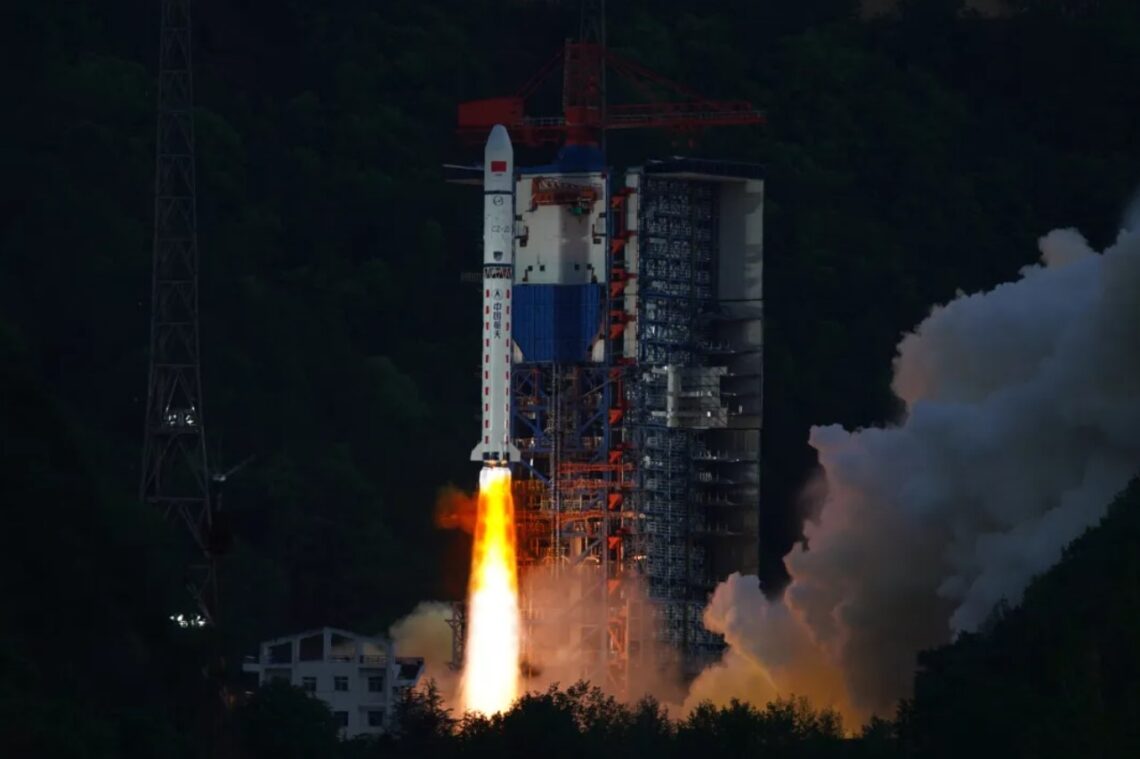HELSINKI — China launched its first Yaogan-42 satellite late Tuesday, adding to the country’s growing military satellite reconnaissance capabilities.
A Long March 2D rocket lifted off from Xichang Satellite Launch Center at 6:56 p.m. Eastern (2256 UTC) April 2. The China Aerospace Science and Technology Corporation (CASC) announced launch success within the hour. CASC’s statement also revealed the previously unknown payload to be Yaogan-42 (01) (“remote sensing-42 (01)”).
The satellite was later tracked by the U.S. Space Force’s 18th Space Defense Squadron (SDS) in a roughly 500-kilometer-altitude orbit inclined by 35 degrees.
Both Yaogan-42 (02) and its Long March 2D launcher were developed and provided by CASC’s Shanghai Academy of Spaceflight Technology (SAST).
Neither CASC nor Chinese state media provided any details regarding the classified satellite. These statements omitted the usual general description of Yaogan satellites.
Some Yaogan satellites are described as being for purposes including land survey, crop yield estimation, environmental management, meteorological warning and forecasting, and disaster prevention and reduction. Uses of others include “electromagnetic environment detection and related technical tests.”
Outside observers assess Yaogan series satellites to be designated for military and civilian purposes.
The various series of Yaogan satellites are understood to include optical imaging, synthetic aperture radar (SAR) and electronic intelligence (ELINT) satellites. This combination provides high-resolution imagery and all-weather and all-day and night imagery, along with the collection of electronic signals from radar, communication systems and other electronic devices, with coverage of both land and sea.
The vast majority of Yaogan satellites operate in a series of low Earth and sun-synchronous orbits. Some groups of Yaogan satellites, such as Yaogan-31, could be analogous to U.S….
Read the full article here

